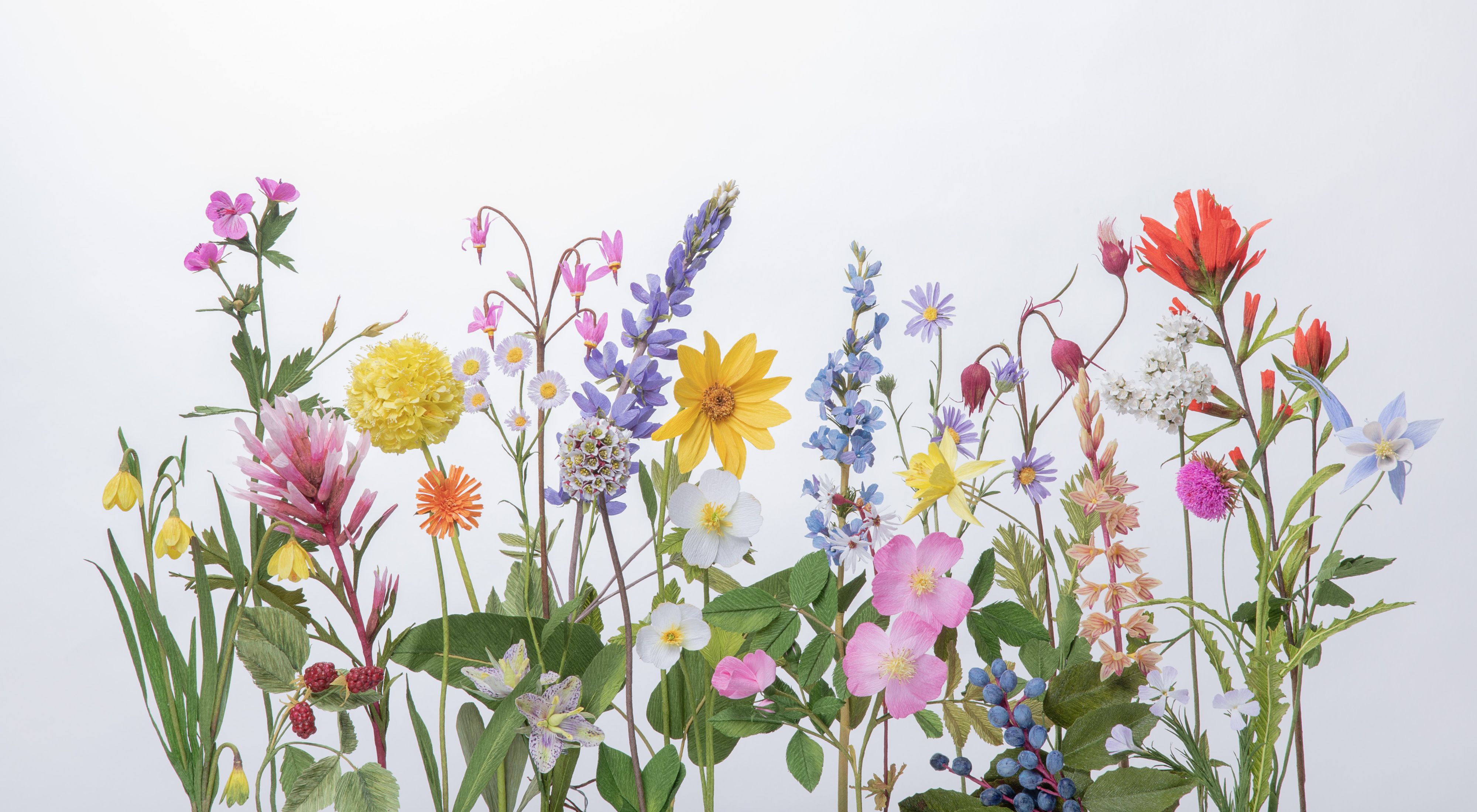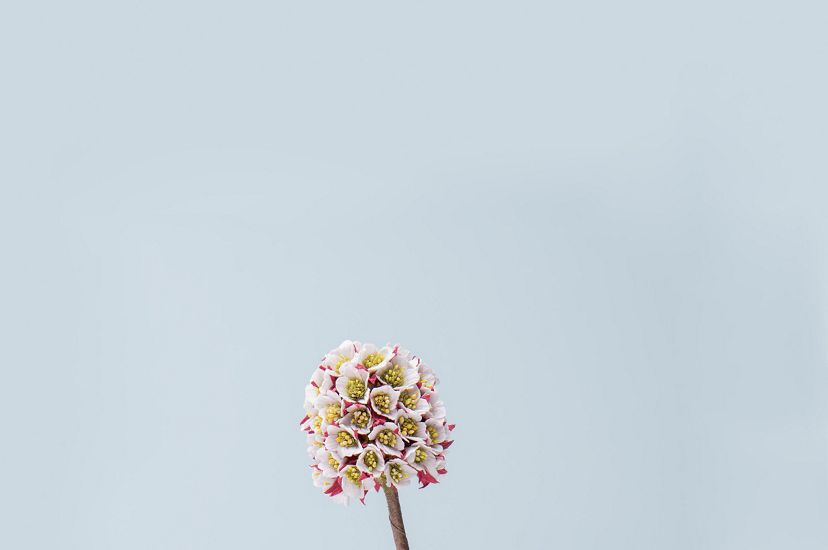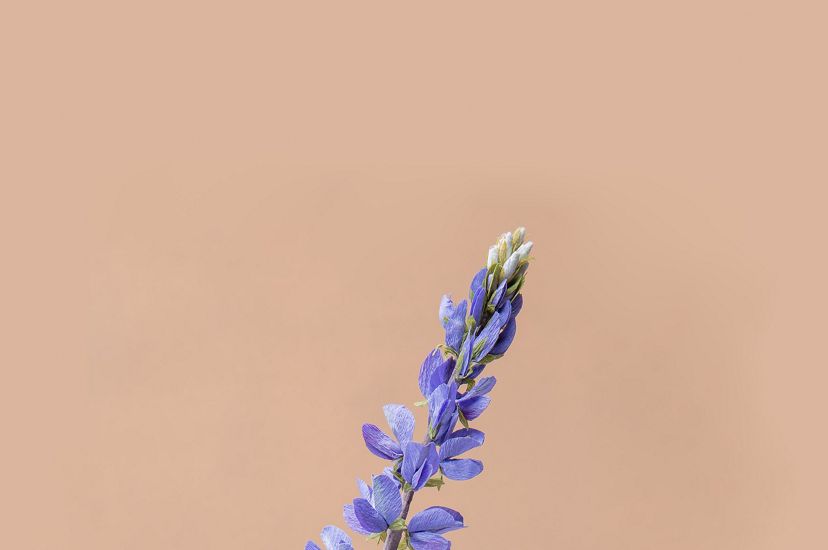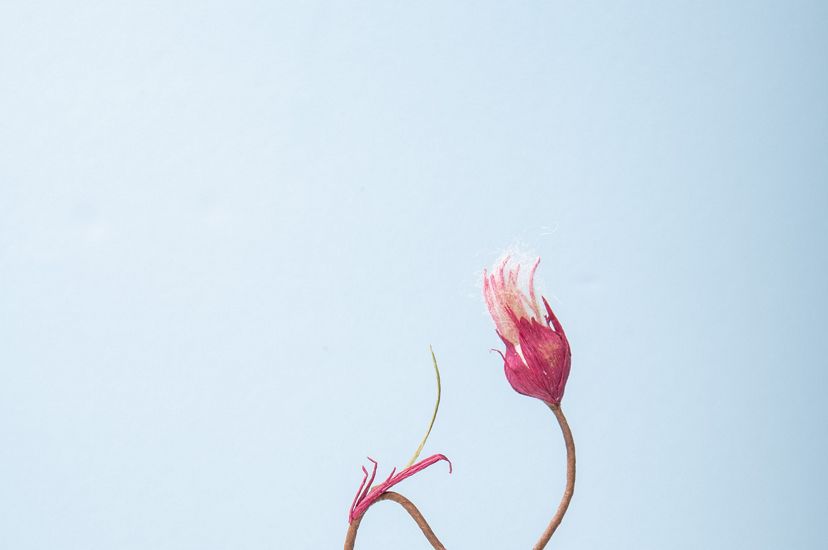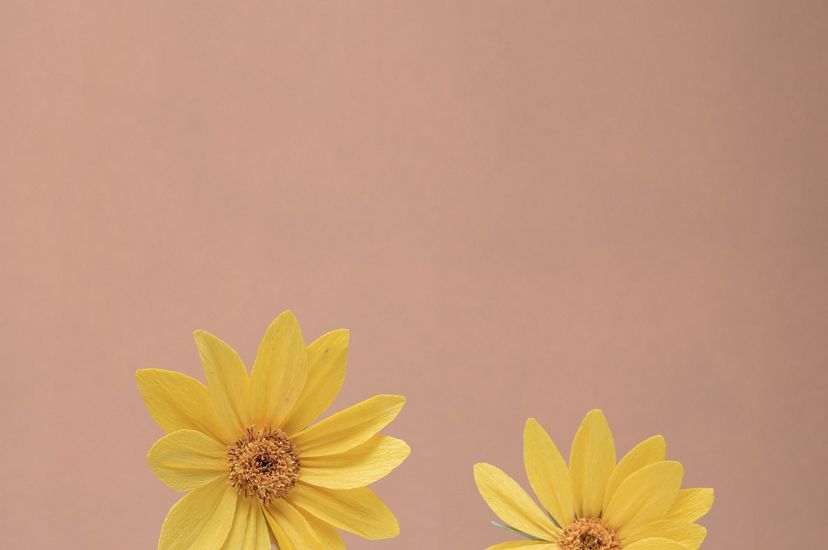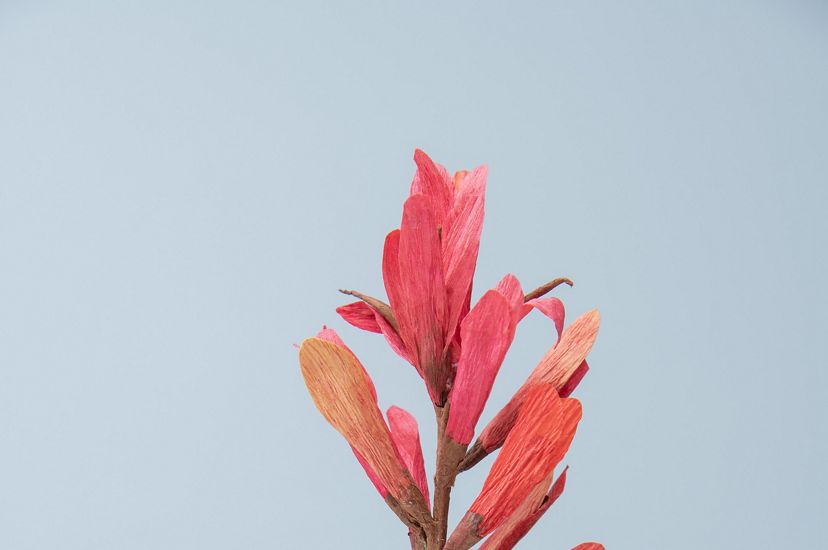Bloom and Bust
In Wyoming, warmer springs could spell trouble for flowering plants and the wildlife that depend on the precise timing of their blossoms and berries.
Summer 2023
Throughout the spring and summer, from the mid- to late 1970s, ecologist Frank Craighead set out a few times a week from his cabin north of Blacktail Butte, in Wyoming’s Grand Teton National Park. He strolled through a sagebrush field, meandering through a series of rolling hills carved by an ancient stream. He made his way up the butte, through a small stretch of mixed conifer forest, then into a sagebrush steppe. He continued his upward climb, into a forest site dominated by aspen. Along the way, he took diligent notes about the plants that were flowering around him. Violets and prairie smoke, arrowleaf balsamroot and sagebrush buttercup—Craighead recorded it all in his tight cursive scrawl. Nearly half a century later, his careful observations are revealing just how climate change is transforming the ecology of the American West.
In 1978, Craighead’s cabin caught fire. As the flames raged, his son and nephew ran in to save the cardboard box that contained the late scientist’s notebooks. Those rescued notes—some singed along the edges—turned out to be a treasure trove. They describe Grand Teton’s phenology, the seasonal timing of natural events such as the first snowmelt, the emergence of wildflowers, and the arrival and departure of migrating birds.
“Thanks to Dr. Craighead’s meticulous notes, we know exactly when and where things were blooming,” says Nature Conservancy ecologist Trevor Bloom. From 2016 to 2019, Bloom and Corinna Riginos, director of science for TNC in Wyoming, retraced Craighead’s steps, repeating his hike hundreds of times to record the flowering dates for 51 species. By comparing their modern-day observations with those Craighead made 40 years earlier, Bloom and Riginos discovered major changes in the rhythm of seasonal events in the Greater Yellowstone ecosystem over the last half century.
The study showed that the first flowers of spring are now blossoming an average of 17 days sooner than they had in the 1970s. The most dramatic changes were seen among the earliest bloomers, which unfurl their petals soon after the snowmelt. Delicately whiskered prairie smoke now opens almost a month earlier than it did in the ’70s. Hooded phlox blossoms, a full 36 days earlier. “The findings were striking,” says Riginos. “And it’s not just a few species. We see this pattern among almost all the spring flora.”
Craighead might have anticipated some of the changes. In 1994, he published a book, For Everything There Is a Season, that described the ecological changes he observed around him week by week. “If the event occurs earlier or later than anticipated … you can try to determine the influencing factors—for everything there is a reason,” he wrote.
Today, the reason for the shifting bloom times is clear. As the climate has warmed, the average spring temperature in Grand Teton has risen about 3.6 degrees Fahrenheit. The spring snowmelt now occurs around 21 days earlier—and many blossoms are following suit.
The changing bloom cycles in Grand Teton could create an ecological mismatch for the wildlife that have adapted to depend on those plants. “Plants change their flowering dates in response to the climate, but many species of insects and birds time their emergence or migration to the day length,” Riginos says. That discrepancy could affect wildlife such as the imperiled greater sage grouse, which relies on flowering plants (and the insects that pollinate them) for food during the nesting season. Later in the season, shrubs such as serviceberry and huckleberry might produce their fruits earlier, potentially hampering grizzlies and black bears who need the berries to prepare for hibernation in fall.
In sagebrush steppe habitat across the Intermountain West—from the Cascade Range to the Rocky Mountains to the Great Plains—species may be facing similar shortfalls of flowers and fruits when they need them most. And the findings aren’t unique to the western United States. Plant cycles around the world are shifting as climate change spurs seeds to sprout and buds to open ever earlier. In New England, researchers have consulted Henry David Thoreau’s old notes to determine that wildflowers are blooming earlier at Walden Pond as well. But there are few historical records as detailed as Craighead’s, Bloom says.
Bloom continues to follow Craighead’s favorite hiking trails, but these days he’s collecting data with help from hundreds of citizen scientists who have volunteered with TNC’s Wildflower Watch Program. Using an app called Nature’s Notebook, volunteers record bloom times for 15 of the most iconic wildflowers in Grand Teton. They also collect seeds that are being used for restoration projects around the park.
Those efforts will help conservationists protect the biodiversity of the Greater Yellowstone ecosystem as climate change ramps up. One takeaway, Riginos says, is to plant a mix of flowers that bloom throughout the growing season to ensure there’s a buffet of options available for wildlife.
“People haven’t paid much attention to wildflowers in habitat restoration,” she says. “But we can’t take for granted that these food sources will be there when animals need them.
Sculpting Flowers
Susan Beech, a paper artist in the UK, was commissioned by Nature Conservancy magazine to create more than 60 flowers made of crepe paper, painted with powdered pastels or dyed with tea. Meant to emulate the fragility of the plants, the project also allowed photographer Alex Snyder to capture plants across their life cycles in a single image.
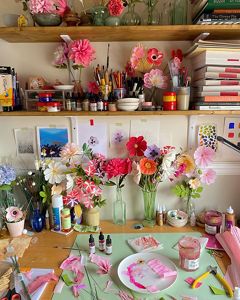
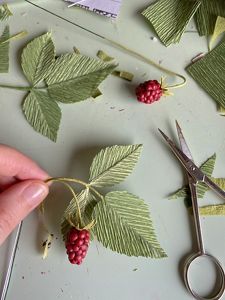
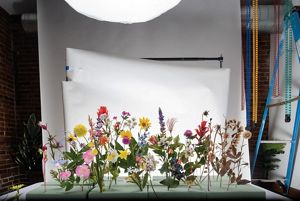

More Stories in Your Inbox
Sign up for the Nature News email and receive conservation stories each month.
